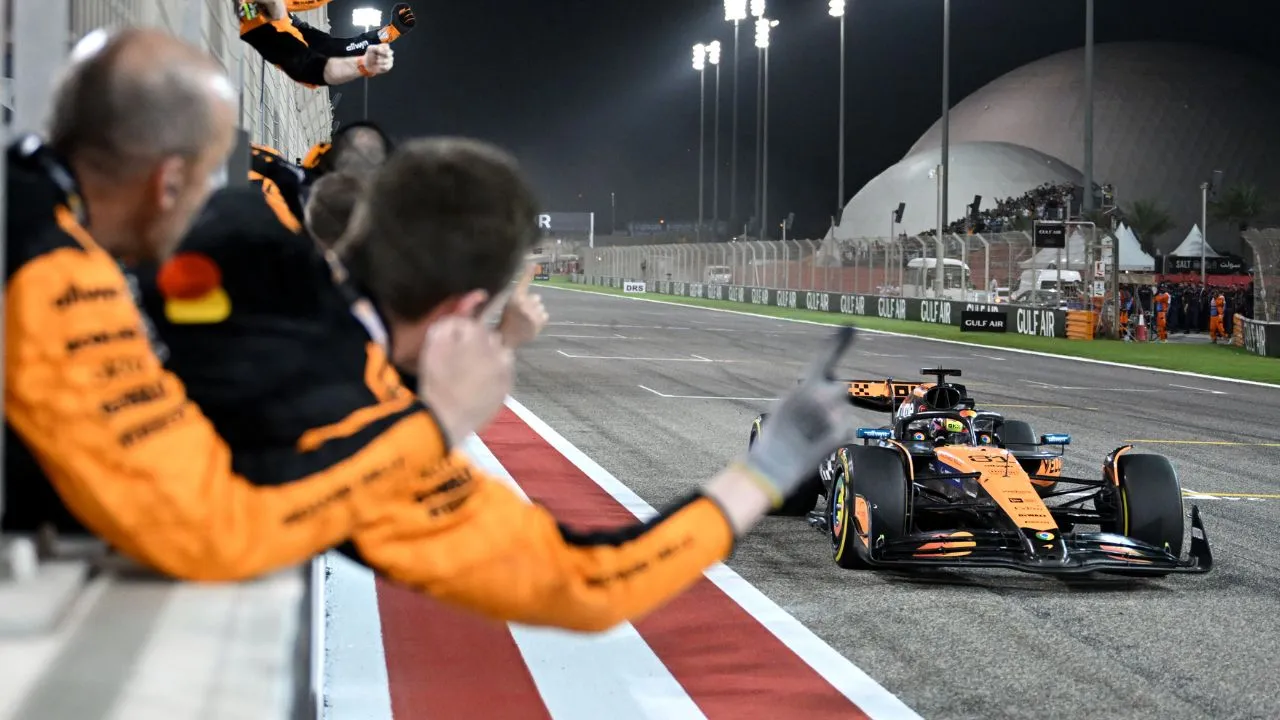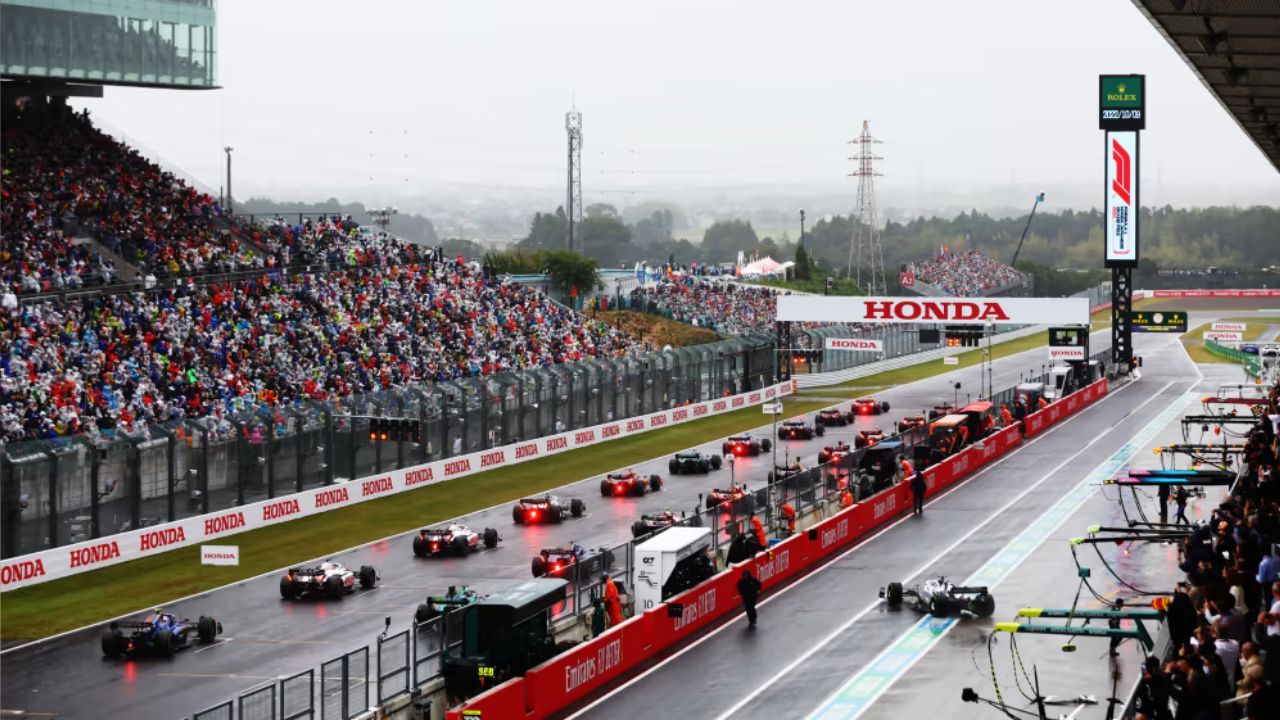F1 Monaco GP: Mercedes W14 Big Upgrades Unveiled at Monaco Grand Prix
Mercedes will run their newest upgrades in this weekend's Monaco Grand Prix despite concerns that they won't be effective on the narrow street course of Monaco where overtaking is very difficult.

At the Monaco Grand Prix, the world got its first look at the upgraded Mercedes F1 vehicle for 2023. First glimpses of the vehicle in Monaco reveal that Mercedes has a new front suspension, new sidepods, and a new floor. The most obvious alteration was abandoning the highly criticised zeropod design in favour of a downwash ramp. This is the first revision the team has made after realising that the W13 and W14 couldn't compete with their initial designs. Since the W14's current tub was developed by the disregarded idea and cannot be altered this year, they have been constrained in their efforts so far. There has been no change to the location of the cockpit or the side guards. That looks to have restricted how much undercut Mercedes could form into the new sidepods. They've been widened considerably, and the original small vertical inlet for the radiators has been swapped out for a more standard broad horizontal aperture.
Also Read: F1 Monaco Grand Prix 2023: When & Where to Watch in India
Mercedes W14 Upgrades: What are the Changes?
Mercedes's new front suspension, sidepods, and floor are all on display for the first time in Monaco. The most glaring change was the elimination of the zeropod design, which had received much criticism, in lieu of a downwash ramp.
W14 looking Monaco weekend ready. pic.twitter.com/twS21AwokD
— Mercedes-AMG PETRONAS F1 Team (@MercedesAMGF1) May 25, 2023
Aerodynamic down washing of air towards the floor edges is still occurring thanks to the top side impact bar functioning as a winglet. However, unlike the now-standard deep undercut channel on the front of sidepods, this one is broad and shaped more like a Ferrari's than a Red Bull's.
The front suspension also underwent a major transformation, and it now looks to feature anti-dive geometry. The vertical offset between the front and back wishbones defines this. The higher the angle, the more effective it is as an anti-dive.
F1 Monaco GP: New Double Yellow Speed Limit
This weekend's Monaco Grand Prix will be the first to use new double-yellow speed limitation rules, which apply to drivers following both real and virtual safety cars. The FIA said that they decided after doing research, consulting with teams, and reviewing incident reports.
Also Read: F1: Honda Has 'No Objections' to Teaming Up with Fernando Alonso at Aston Martin
Drivers entering a double yellow flag zone will be given both visual and audible warnings of the need to reduce speed. When a zone is marked with two yellow flags, all delta values must be reset to zero.
The FIA is steadfast in its commitment to safety, even though the new system disadvantages certain drivers by forcing them to slow down for a double yellow that has now expired.
There will now be a lower speed limit through a double yellow flag area anytime a safety vehicle or virtual safety car is in use. Tim Goss, technical director of the FIA, thought that establishing a limit speed would be beneficial for drivers and safer for track workers.

.webp)
.webp)












.webp)
Write your Comment on